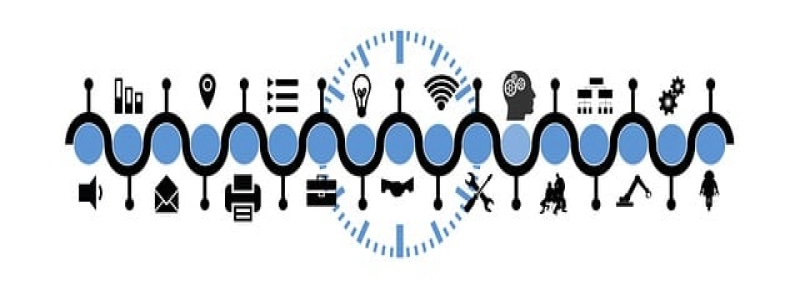Do Short Wavelengths Have More Energy?
Introduction:
In the world of physics, light is described in terms of its wavelength and energy. Wavelength refers to the distance between two consecutive peaks or troughs of a wave, while energy refers to the ability to do work or cause a change. Many people wonder about the relationship between the wavelength of light and its energy. Specifically, they often ask whether short wavelengths have more energy. In this article, we will explore this question in detail and provide a clear understanding of how wavelength and energy are related.
Explanation of Wavelengths:
To understand the concept of wavelength, it is essential to have a basic knowledge of the electromagnetic spectrum. The electromagnetic spectrum encompasses a wide range of wavelengths, from radio waves with the longest wavelengths to gamma rays with the shortest wavelengths. Visible light, which is the form of light that humans can see, falls within a small portion of this spectrum. The visible light spectrum ranges from red, which has the longest wavelength, to violet, which has the shortest wavelength.
Relationship between Wavelength and Energy:
According to the wave-particle duality theory, light exhibits both wave-like and particle-like properties. In the context of the question at hand, it is crucial to focus on the wave nature of light. In general, the energy of a wave is directly proportional to its frequency. Frequency refers to the number of complete wave cycles that pass through a point in one second. As a result, the wavelength of light is inversely proportional to its frequency.
The Relationship Applied to Light:
Applying the relationship mentioned above to light, we can infer that shorter wavelengths correspond to higher frequencies and vice versa. Thus, if energy is directly proportional to frequency, it follows that shorter wavelengths have more energy. This conclusion is supported by experimental evidence and has been well-established in the scientific community.
Applications and Examples:
The concept of short wavelengths having more energy has numerous practical applications. For instance, in telecommunications, shorter wavelengths such as X-rays and gamma rays are used in medical imaging and radiation therapies due to their higher energy. Additionally, UV light, which has shorter wavelengths than visible light, is commonly used in sterilization processes and fluorescent lamps.
Further Considerations:
While it is generally true that shorter wavelengths have more energy, it is important to note that the relationship between wavelength and energy is not the only factor to consider. Intensity, which refers to the amount of energy carried by a wave, is also crucial. A high-intensity wave with a longer wavelength can have more energy than a low-intensity wave with a shorter wavelength.
Conclusion:
In conclusion, the relationship between wavelength and energy is a fundamental concept in physics. Shorter wavelengths are associated with higher frequencies and, consequently, more energy. This relationship has significant implications in various fields, including telecommunications and medical applications. However, it is essential to consider factors such as intensity when analyzing the energy of a wave accurately.







